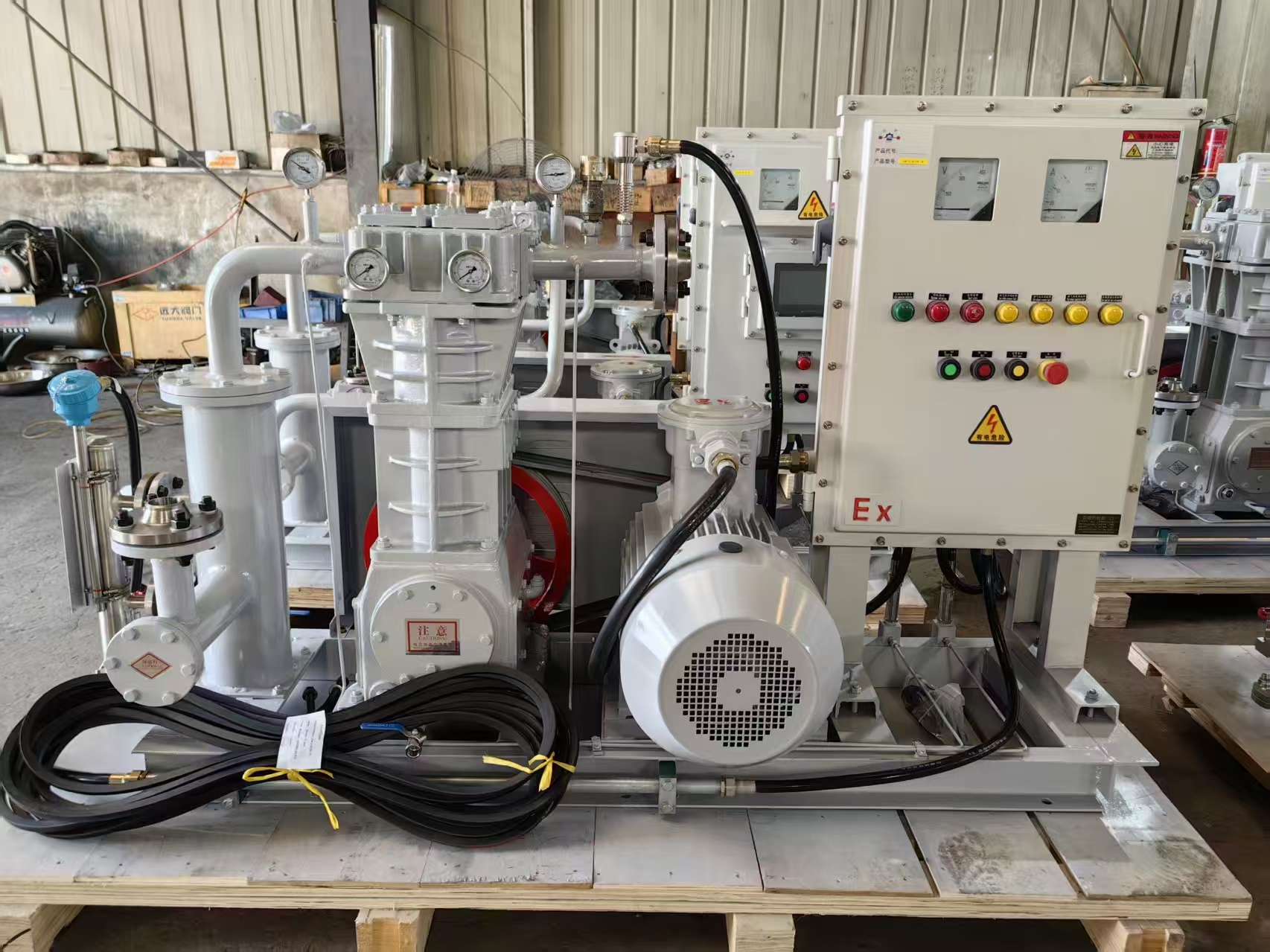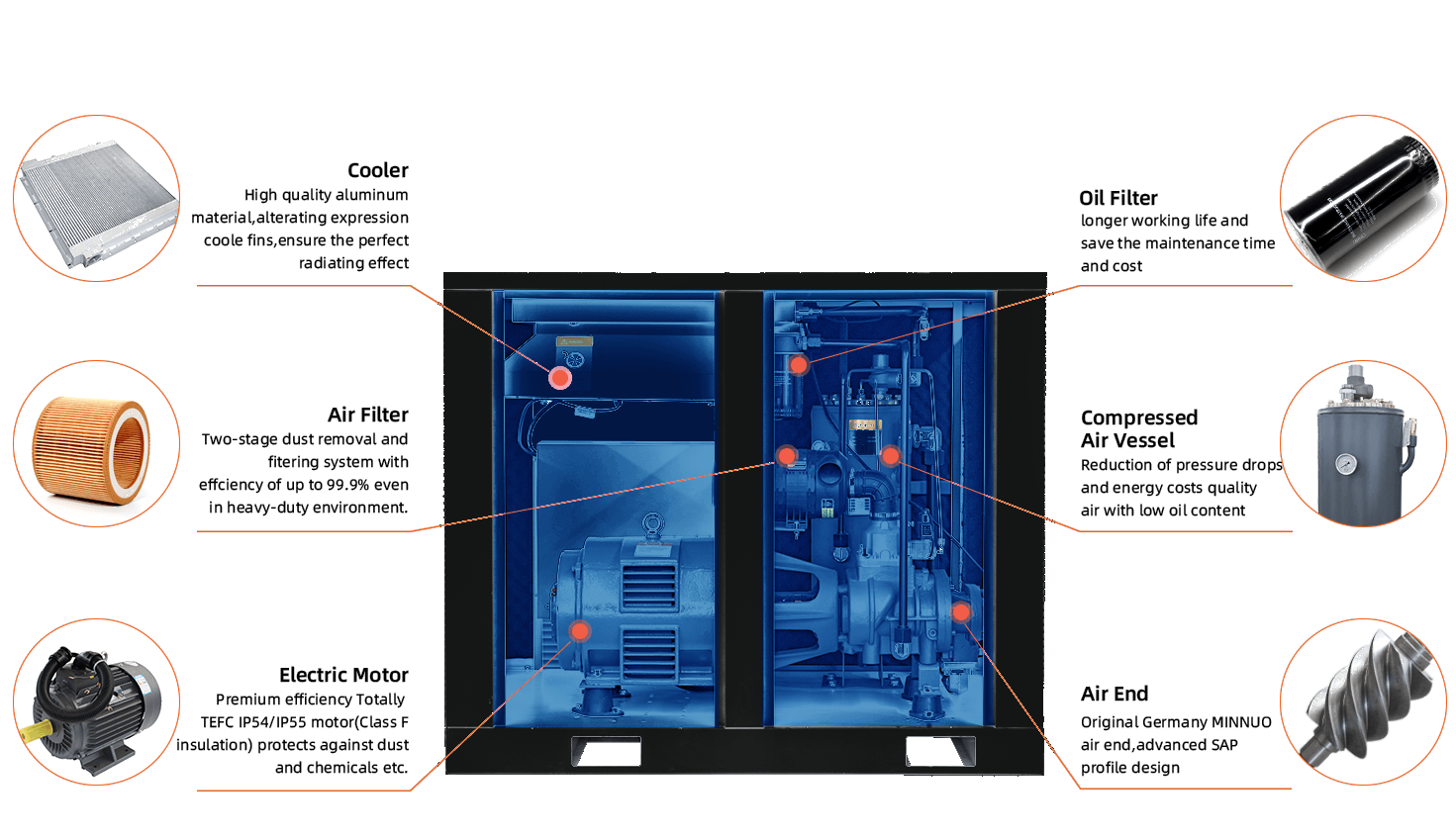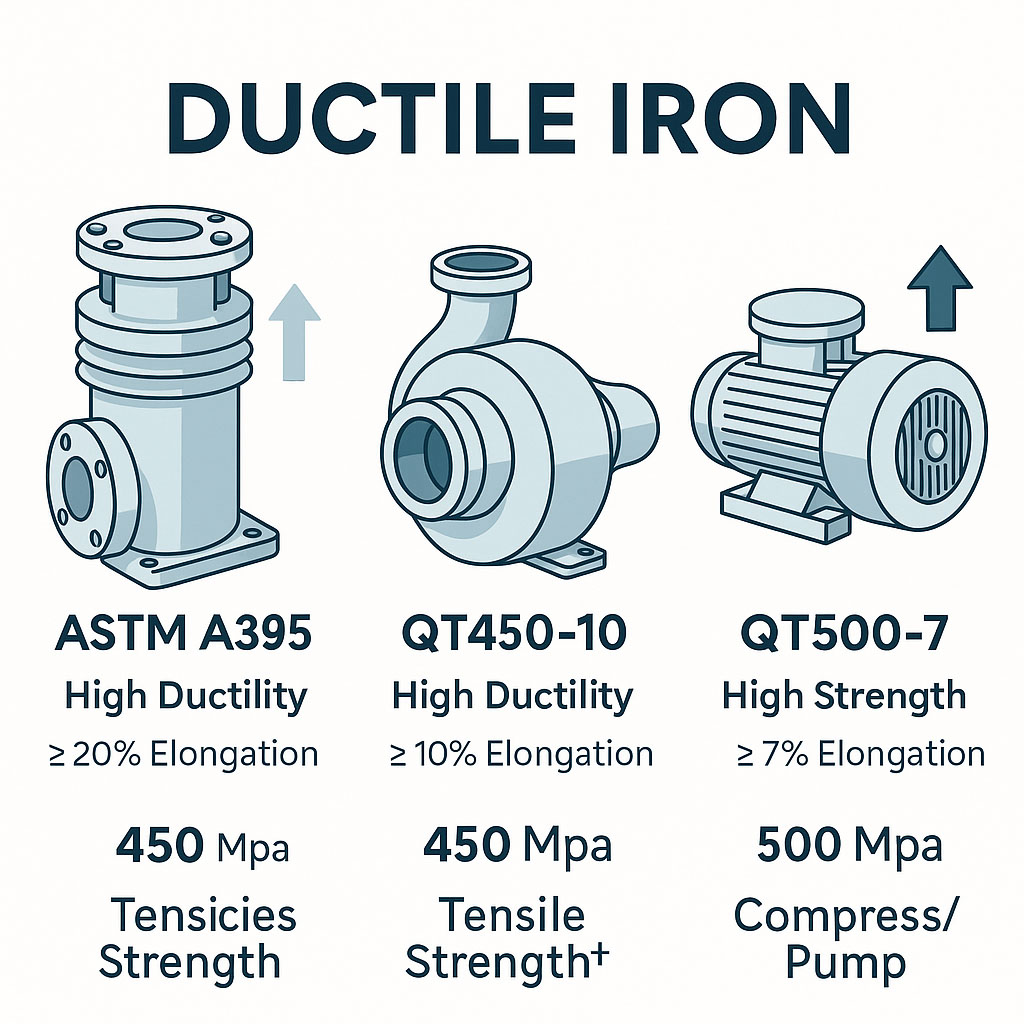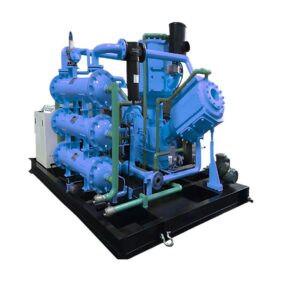准确控制压力是确保您的 工业空压机 系统必须高效、安全、经济地运行。如果压力水平波动过大或超过设计限制,就会导致系统故障、能源浪费甚至安全隐患。
在本指南中,我们将介绍如何 调节空气压缩机压力 哪些工具和方法最有效,以及 KEEPWIN 如何在实际项目中实施压力控制系统。
🔧 压力调节为何重要
没有适当的压力控制:
-
工具可能获得不一致的功率
-
气流可能会降至可用阈值以下
-
电机循环过于频繁,会缩短使用寿命
-
有可能超过安全系统压力水平
这就是为什么一个稳定和校准良好的 压力控制系统 对每台压缩机的安装都至关重要。
步骤 1:了解系统压力要求
在调整任何东西之前,您必须确定
-
工具的最小和最大压力要求
-
工作压力范围 工业空压机
-
可接受的压降(从压缩机到使用点)
例如,许多气动工具在 6.2 巴的压力下运行效果最佳,但某些包装生产线可能需要 8 巴的恒压,且变化幅度仅为 ±0.1 巴。
✅ 步骤 2:使用正确的压力调节器
工业用空气系统应包括
-
主压力调节器 出口处
-
直列式二级调节器 靠近敏感工具
-
泄压阀 以避免发生超压事件
📌 KEEPWIN 提供的压缩机配备有 电子压力调节器和数字传感器可通过 PLC 或触摸屏进行实时反馈。
✅ 第 3 步:设置和调整切入点/切出点
对于往复式或螺杆式压缩机,通常通过设置来管理压力:
-
切入压力 - 当压缩机开启时
-
切断压力 - 当压缩机关闭时
例如
-
入口:6.5 巴
-
切断压力:8.0 巴
1.5 巴的范围是标准范围,但 KEEPWIN 可以为需要更严格控制的系统定制更窄的范围(例如 ±0.5 巴)。
✅ 步骤 4:保持过滤器和冷却以确保压力稳定
压力不稳定的常见原因是 被忽视的空气压缩机维护:
-
脏过滤器会增加压降
-
冷却效果不佳会提高放电温度
-
管道中的积油影响气流
🛠 在 KEEPWIN 为土耳其客户提供的一套氢气压缩机系统中,老式进气过滤器上 0.5 巴的压降使输出压力降低了 10%。在更换过滤器和冲洗管路后,压力稳定下来,并且 压缩机效率 增加 12%。
✅ 步骤 5:使用基于 PLC 的压力控制系统
先进的压缩机配有 PLC + 变送器 + 触摸屏 的系统:
-
监控实时压力
-
控制 VFD 电机速度
-
调整气门驱动正时
-
超出限制时触发警报或停机
💡 所有 KEEPWIN 无油螺杆式和隔膜式压缩机均标配 PLC 控制装置,从而使 调节空气压缩机压力 全自动、精确
🔄 汇总表
| 行动 | 结果 |
|---|---|
| 使用适当的调节器 | 稳定的下游压力 |
| 维护过滤器和冷却器 | 稳定的气流 |
| 调整切入/切出电平 | 防止过度循环 |
| 集成基于 PLC 的控制 | 实时自动压力管理 |
| 根据系统尺寸匹配压缩机 | 整体提升 压缩机效率 |
至 调节空气压缩机压力 在工业应用中,一个由机械、电子和程序控制组成的平衡系统是关键。从设置正确的压力波段到安排预防性维护和保养,这些都是非常重要的。 空压机维护每一个细节都会影响长期性能。
在 Keepwin Technology Hebei Co.我们专门提供 工业空压机 该系统具有智能压力控制功能,适用于从氮气增压到氢气燃料压缩等各种应用。
准备好优化您的空气系统了吗?
📧 电子邮件: keepwin@keep-win.com
🌐 网站: www.keep-win.com











